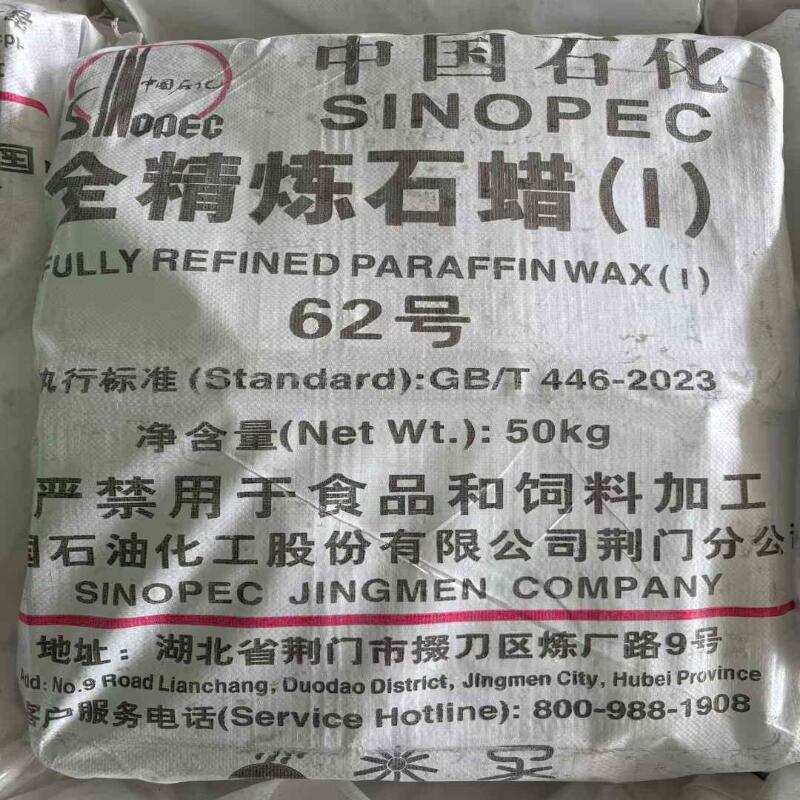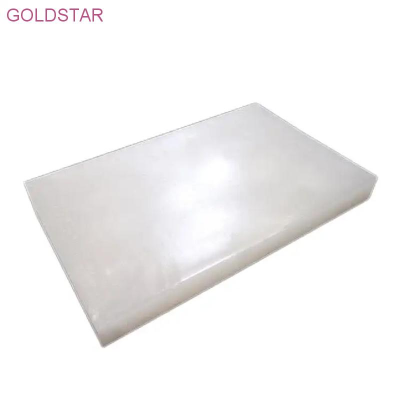-
Categories
-
Pharmaceutical Intermediates
-
Active Pharmaceutical Ingredients
-
Food Additives
- Industrial Coatings
- Agrochemicals
- Dyes and Pigments
- Surfactant
- Flavors and Fragrances
- Chemical Reagents
- Catalyst and Auxiliary
- Natural Products
- Inorganic Chemistry
-
Organic Chemistry
-
Biochemical Engineering
- Analytical Chemistry
-
Cosmetic Ingredient
- Water Treatment Chemical
-
Pharmaceutical Intermediates
Promotion
ECHEMI Mall
Wholesale
Weekly Price
Exhibition
News
-
Trade Service
South Korea's (KOR) imports of U.
S.
(USA) crude oil are expected to exceed 120 million barrels in 2021, and the country will remain the largest Asian buyer of U.
S.
crude in 2022, according to the Market Matrix (MarketMatrix.
net), as uncertainty over supply from the Organization of the Petroleum Exporting Countries (OPEC) has led local refiners to shift to more cost-advantaged U.
S.
crude
.
The country's major refiners, including SK Innovation and GS Caltex, received a total of 11.
6 million barrels of U.
S.
crude in November, up 76.
6 percent year-on-year and 16.
8 percent
month-on-month, according to the National Oil Company (KNOC).
South Korea received 113 million barrels of crude oil from the United States between January and November, making the United States the country's second-largest supplier after Saudi Arabia (KSA),
KNOC data.
At least four VLCC supertankers will reach South Korea by December, which will raise total imports to at least 120 million barrels, up from 104.
4 million barrels in 2020 and the second-highest annual imports on record
, trade sources said.
The Korea Petroleum Association said that due to the uncertainty of OPEC's production policy this year, coupled with the continued concern about the global demand outlook caused by the epidemic (Covid-19), the United States will continue to be an ideal source of raw material supply for refineries in 2022, as the United States provides a large and flexible spot supply
.
South Korean refiners say they have mostly completed negotiations with major Middle Eastern producers on regular supply contracts for the first half of 2022, but they have left plenty of room for spot purchases, especially from the United States and South America
.
A feedstock trading strategist at a major refinery in South Korea said: "When asked about the minimum and maximum term supplies they can provide, the major oil producers in the Middle East cannot answer us directly as OPEC members are also struggling to assess the prospects for global demand recovery and their own 2022 production increase strategies
.
" ”
He added: "End-users are generally cautious not to over-commit to fixed-term trading as demand faces a high degree of certainty
.
Meanwhile, if OPEC decides to continue its tight supply strategy, South Korea will buy more spot crude
from the United States.
”
According to industry and trade participants in Seoul, at least two-thirds of South Korea's Middle East crude imports over the past five years have been based on fixed-term contracts, while most of U.
S.
crude has come from flexible spot market sourcing
.
Shipments from Saudi Arabia, the largest supplier in January-November, fell 13.
1 percent y/y to 256 million barrels, while imports from Kuwait (KUW) fell 18.
1 percent y/y to 113 million barrels
, according to KNOC.
OPEC and its allies (known as OPEC+) will stick to their strategy
of modestly increasing production by 400,000 bpd per month.
However, nine major Asian refiners surveyed by S&P Global Platts said that ideally, producer groups should raise supply by at least 800,000 bpd because current oil prices seem too high and these levels hurt consumer confidence
.
The lower price of U.
S.
crude oil is also a major factor
driving its export growth.
According to KNOC, the average cost of U.
S.
crude oil for South Korean refiners between January and November was $
69.
88.
That compares with $70.
70 for Saudi crude and $70.
84 for Kuwait
.
Despite concerns about the impact of the Omicron variant on global oil demand, many Middle Eastern producers raised the official selling price (OSP)
of Asian cargo in January 022.
Saudi Aramco raised the Asian OSP for its January load of Arabian Intermediate crude by 70 cents/b, a premium of $3.
05 over the average monthly price in Oman/Dubai, while Iraq's (IRQ) National Crude Marketing Organization (SOMO) priced its January Basra Intermediate crude for Asia OSP at a premium of $1.
40 to Oman/Dubai, up 50 cents
from December.







